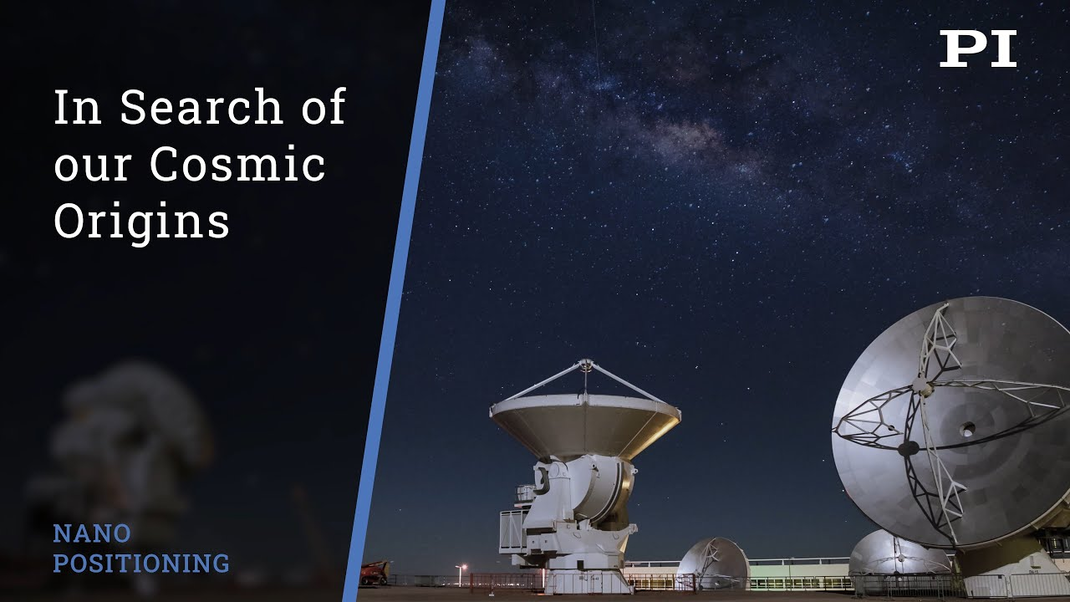Image Impossible
A spectacular, albeit essentially impossible image caused a worldwide sensation on April 10, 2019: The first ever "photograph" of a black hole. 55 million light years away at the center of the M87 galaxy. The unbelievably strong gravitational pull means that even light cannot escape. But, thanks to the Event Horizon Telescope - a combination of eight radio telescopes - the participating researchers outsmarted physics to a certain extent and for the first time, created an image of a black hole's shadow. This shadow is cast by the radiation from the distorted light while being irrevocably absorbed by the black hole.
ALMA - the Atacama Large Millimeter/Submillimeter Array - made a major contribution to the creation of this first image of a black hole. It is currently the largest astronomy project in the world and is located on the Chajnantor Plateau in the Chilean part of the Atacama Desert at an altitude of over 5,000 meters. This revolutionary astronomic telescope consists of 66 giant antennas. They are networked and can be arranged flexibly at a distance of up to 16 km. The individual antenna mirrors have a diameter of up to 12 meters and weigh approximately 100 tons.
Initially, the cosmic radio waves collected by the antenna's large mirror are focused onto a subreflector. The signals only reach the detector inside the antenna when this has been aligned precisely to only fractions of a millimeter. Extreme environmental conditions at an altitude of over 5,000 meters such as strong winds, high temperature differences from day to night, extreme dryness, as well as gravity and earth rotation are all factors that affect the antennas. Therefore, the subreflectors have to be realigned constantly. ALMA's developers relied on special positioning systems from PI for this purpose: Hexapods.
Hexapod for Aligning the Subreflectors
Here PI uses its technological knowledge and long-term experience in micro- and nanopositioning technology.
To keep the optical path at its optimum, the subreflectors even out external impacts on the mechanical system. Deviations can occur, for example, with antenna tracking that compensates for global rotation, with bending of telescope components due to gravitation, or through thermal effects or wind load.
The hexapod systems with six degrees of freedom in motion are installed behind the subreflectors and allow for 6-D positioning with resolution in the submicrometer and arcsecond range. The positioning system's parallel kinematics structure is considerably more compact and stiffer than serially stacked multi-axis systems and leads to a very high resonant frequency. Since only a single platform is actuated, the moved mass is significantly smaller. This results in improved dynamics with considerably faster response.
For the hexapods in the ALMA antennas, PI developed and manufactured highly stiff and robust joints, suited for operation also in extreme ambient conditions. These hexapods can, therefore, adjust the position of the subreflectors within a travel range of several millimeters with a precision in the micrometer range.
The digital controller's components for position control of the hexapods have been adapted especially to reduced atmospheric pressure.
With this high-performance digital control technology, that combines incremental position sensors and optical reference sensors in the hexapod's individual struts, PI provides a high-resolution measurement and control system for the ALMA observatory.
Do you have questions about our solutions? Our specialists are happy to help you!
Contact us today!


